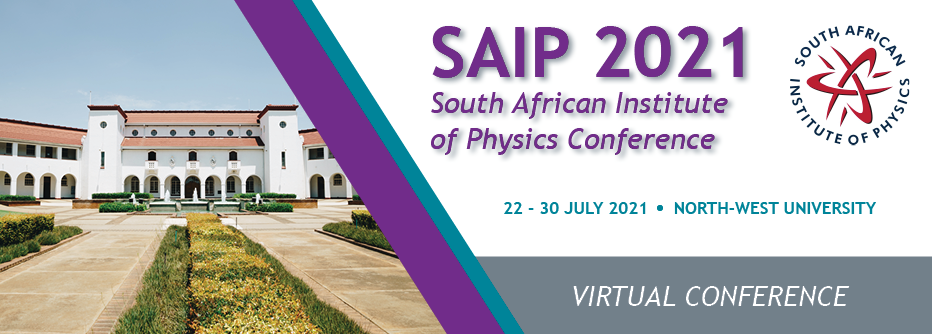Speaker
Description
Using Raman spectroscopy and Secondary ion mass spectrometry (SIMS), the effects of implantation temperature and annealing have been investigated for glassy carbon (GC) samples implanted with Se ions. 150 keV Se ions were implanted into GC separately at RT, 100 °C, 150 °C, and 200 °C to a fluence of 1.0 × 10^(16) ions/cm^(2). The as-implanted samples were subjected to annealing from 1000 °C up to 1300 ºC for 5h in steps of 100 °C. Implantation resulted in the accumulation of defects with more defects observed in the RT implanted samples. Annealing caused progressive healing of defects in all implanted samples. However, the original structure of pristine GC was not achieved after annealing at 1300 °C. No migration of Se was observed in the samples implanted at different temperatures. Annealing at 1000 °C already caused the migration of Se towards the surface and deeper into the bulk of all the GC substrates. This migration of implanted Se towards the surface and the bulk accompanied by the loss from the surface progressed with annealing in all samples
Apply to be considered for a student ; award (Yes / No)?
YES
Level for award;(Hons, MSc, PhD, N/A)?
PhD

